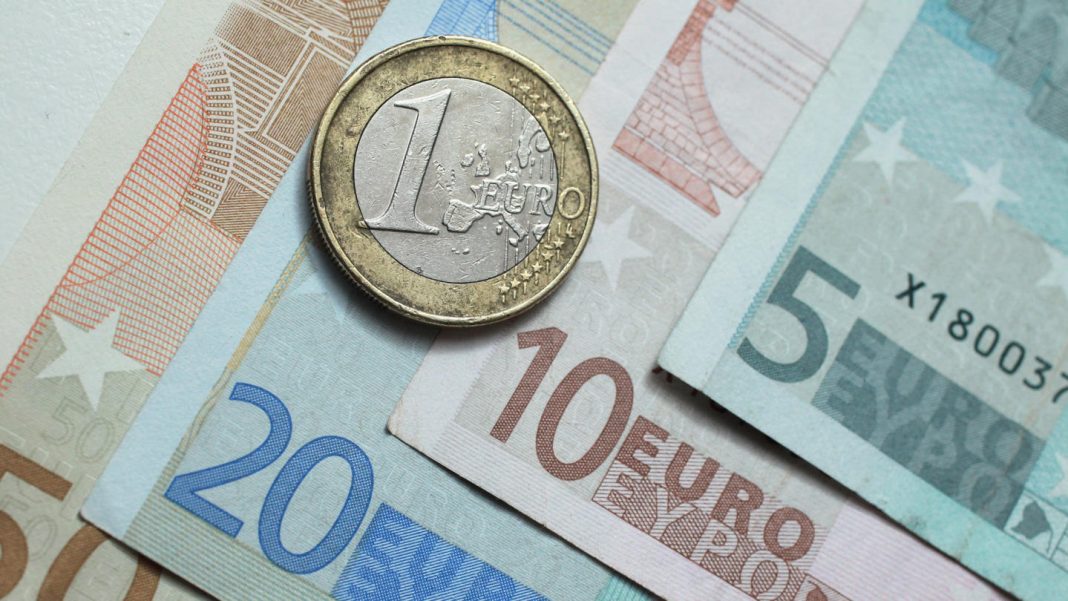The EURUSD has broken above the 1.10 handle for the first time since early-April and registered fresh highs around 1.1020 on Friday. The main driver behind the euro’s strength is a nearly widespread selling pressure surrounding the greenback. The common currency was recovering from lows around 1.0725 reached last Friday. Now, the immediate resistance arrives at 1.1035, where the 200-daily moving average lies.
Considering this moving average represents a rather strong resistance level, it is possible that the pair will be rejected from the local highs and see a bearish correction in the near term as the current levels are looking attractive for profit-taking.
As risk sentiment worsens, the dollar may attract safe-haven demand down the road. Moreover, there were no fundamental drivers behind the latest move in thin trading on the Labor Day, suggesting the euro may see a downside correction.
On the data front, US construction spending came in at +0.9% in March versus -3.5% expected while the manufacturing PMI for April arrived at 41.5 versus 36.0 expected. However, the details of the report showed that new orders dropped to 27.1 versus 42.2 prior, and the employment index arrived at 27.5 versus 43.8 in March.
Elsewhere, Fed’s Bullard said the US economy will get back to normal in H2 while trouble in the economy is mostly a second-quarter phenomenon. The upbeat comments helped to ease the bearish pressure surrounding the dollar.
From the technical point of view, EURUSD needs to confirm a breakout on a daily closing basis. If the euro fails to stay above the 1.10 handle in the short term, the risk of a retreat will increase. If so, the immediate support is expected at the 50-DMA around 1.0960 and then at 1.09. On the upside, the pair should make a decisive break above the above-mentioned 200-daily moving average so that to continue its rally from one-month lows registered a week ago.

























